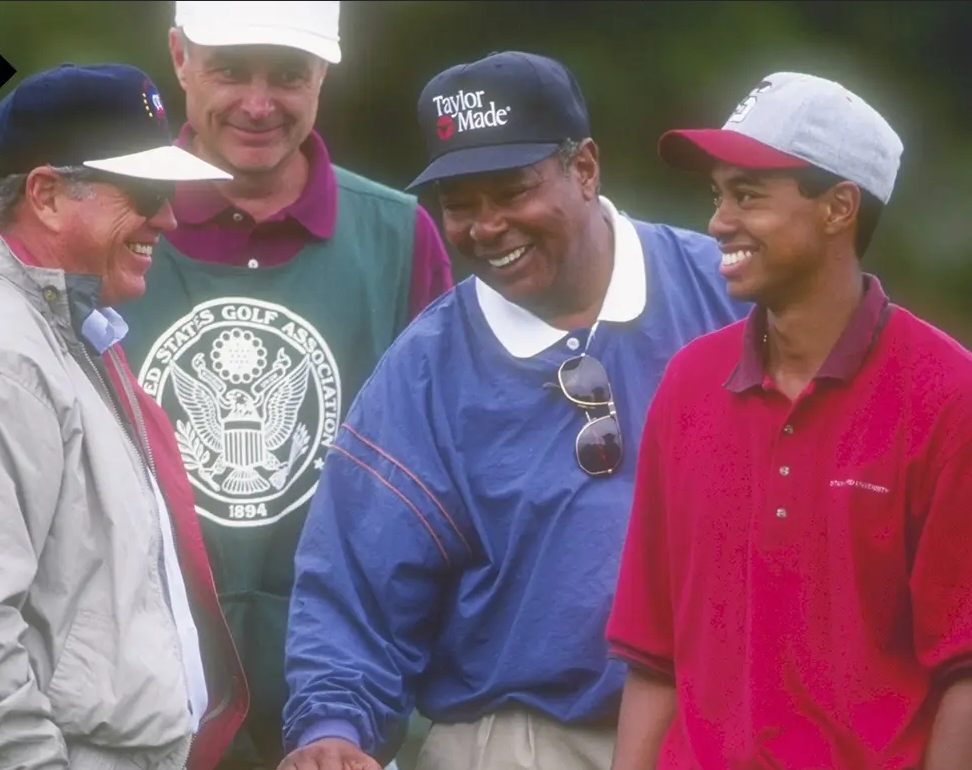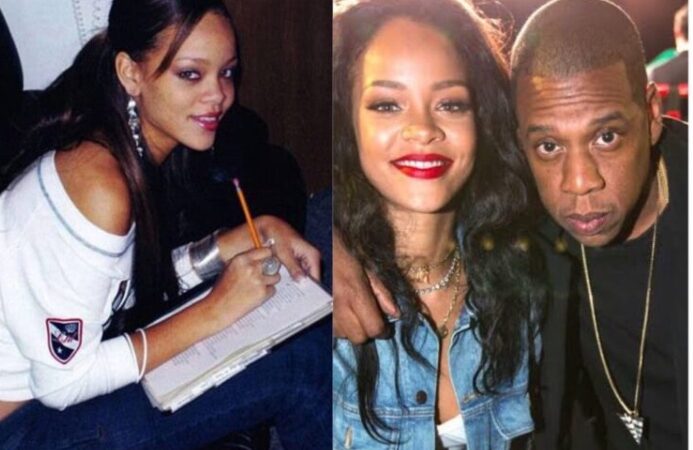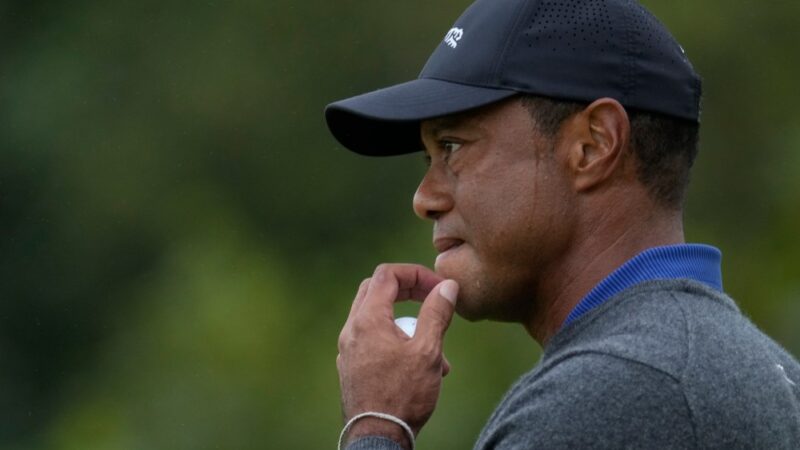Butch Harmon tells the fascinating story of how he began coaching Tiger Woods


After partnering with Tiger Woods in 1993, Butch Harmon and Woods went on to become one of the greatest player/coach teams in history. Here he recounts the origins of it all.
At Houston’s Champions Golf Club, Tiger Woods was defeated in the second round of the 1993 US Amateur Championship. Considering that Woods had just been the first golfer to win the US Junior title three years in a row, there was absolutely no embarrassment at the age of 17. Butch Harmon used to work at Lochinvar Golf Club, a secluded enclave located about 12 miles east of Champions Golf Club.
Earl, Tiger’s father, had heard a lot about Harmon, especially because Greg Norman, Harmon’s star student, had recently won The Open at Royal St. George’s with some of the greatest golf ever seen.
Woods Senior paid Harmon a visit because he was looking for a coach to help his son transition from the amateur to the professional levels.
Harmon remembers, “I knew about Tiger before we’d met.” “I was aware of his past and some of the difficulties he had trying to enter golf facilities as a young Black man. Though he was never the one creating issues at golf clubs, he was occasionally falsely accused of doing so. Tiger was well-mannered and had a passion for the game.
“The video from the two days at Lochinvar is still with me. August 1993 was the month, and in the ten years that I collaborated with Tiger, “It is disgusting to look at! I was very tiny! Observe my swing! “Yeah, but remember how good you were for your age,” I would reply.
“RAW, NATURAL TALENT”
“I was struck by Tiger’s immense natural talent the first time I saw him swing a club. He resembled a trophy that required polishing. Harmon continues, “The young man’s raw talent and self-confidence were amazing, but the natural ability needed to be brought along.”
“I told Tiger that day that everybody has a go-to shot—like a little fade—on a tight driving hole. Which shot is your go-to? “No, I just hit the ball as hard as I can. Go find it and hit it again,” he remarked. Tiger actually did think that way. He was an aggressive player, but he wasn’t being haughty. He was not a player who could work the ball both ways back then. He just struck the ball, located it, struck it, located it, and made the putt. He was pretty damned good at that hypothesis, too.
Harmon remembers that shortly after, both of them, having been in Vietnam, came to an understanding: “I told Earl that if I work with your son and then he goes home and you dispute what I am saying, it probably wouldn’t work.”
It is probably not a smart idea if you don’t think you can give him to me. “I’ll make a deal with you: if you don’t try to be his dad, I won’t try to be his golf coach.” remarked Earl. I was okay with that.
Woods was not given an invoice by Harmon until he became a professional. Ten years after their breakup, Woods had won eight of his fifteen Major championships and played what was perhaps the best golf ever, especially during the “Tiger Slam” run in 2000 and 2001.


